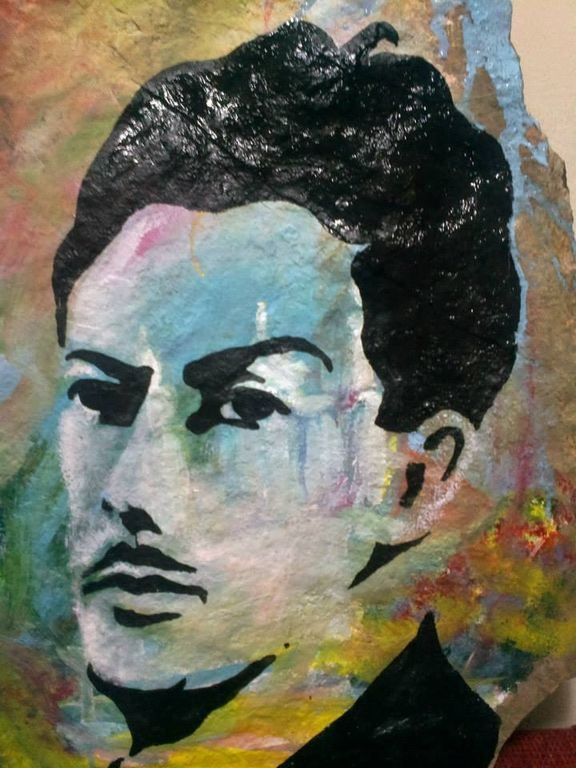 | ||
Died 1933, Tegucigalpa, Honduras | ||
Biograf a de pablo zelaya sierra
Pablo Zelaya Sierra Honduran Artist and painter with high international recognition. The maximum National Prize to the Honduran Art, carries his name as a tribute.
Contents
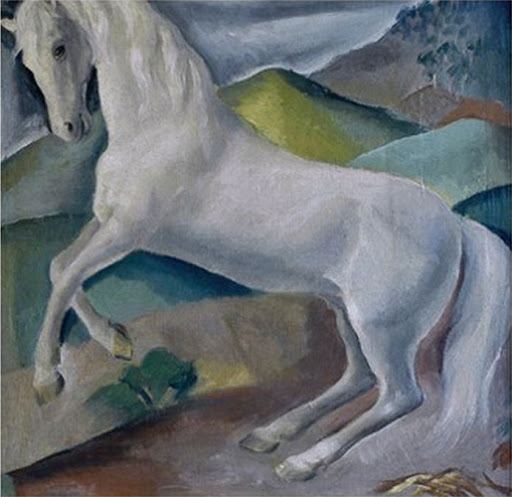
Parents and first years
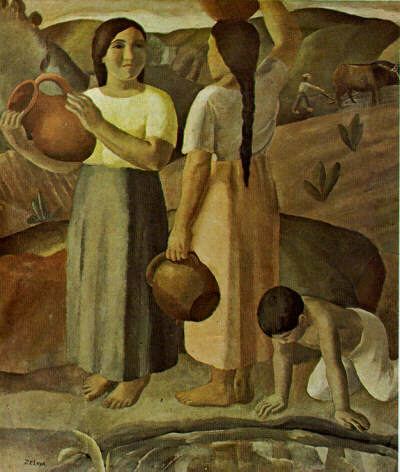
Pablo Zelaya Sierra, was born on 30 October 1896 in the municipality of Ojojona, department of Francisco Morazán, son of the marriage between Felipe Zelaya and Isabel Sierra.
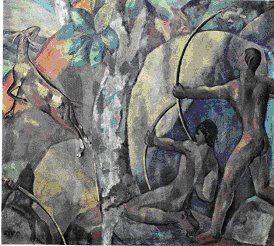
From early childhood he developed artistic interests and made his way to study at the School of Fine arts in the neighboring Republic of Costa Rica, between the years of 1918 to 1919.
Decade in Spain
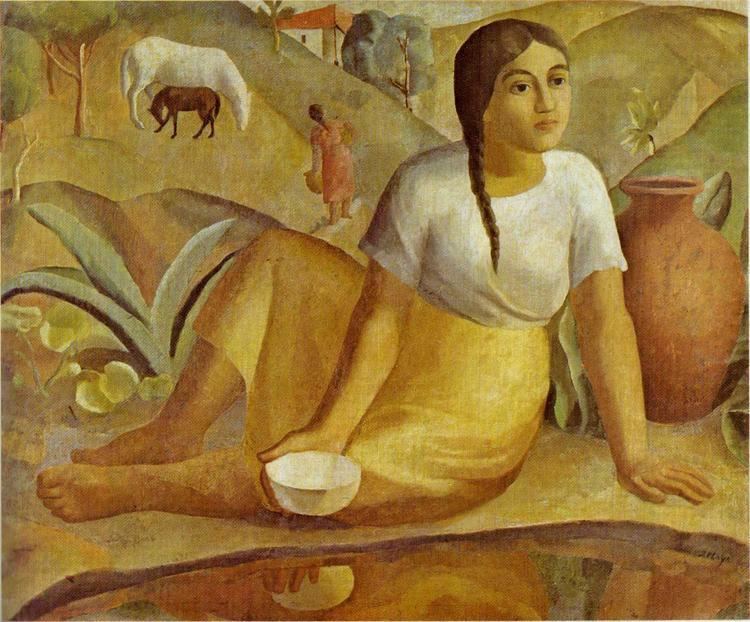
In 1920 Zelaya Sierra travels to Madrid, to study Art at the Royal Academy of Fine arts of Saint Fernando, -thanks to a scholarship of the Spanish Cooperation Agency in Honduras- becoming thus a disciple of Manuel Benedito and Daniel Vázquez Díaz, one of the major Spanish painters who had as well resided in Paris beside Picasso, Juan Grey and Joan Looked.
During his time in Europe, Zelaya Sierra participated in the events and exhibitions:
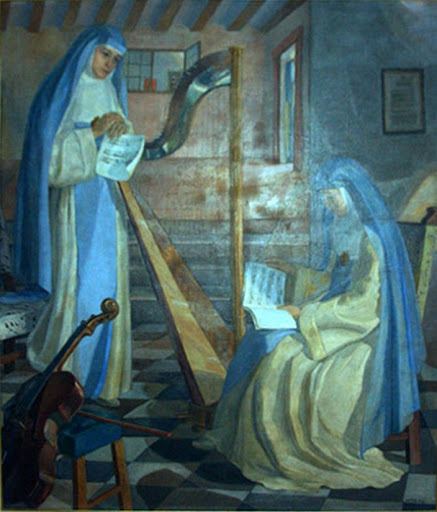
He is also the author of an Art Manisfesto: "Aiming with a Pencil" (1932), a main document to understand the art of his times.
The strong and productive thought of Zelaya Sierra made possible the birth of the modern art in Honduras
Work
In his proposal there is a multiplicity of formal appropriations that range from the use of the claroscuro Renancentista to the concepts of the Spanish painting movement of the period and progress into cubism, this later achieved through his teachers Benedito and Vásquez Díaz.
Zelaya Sierra adopted an approach that can be likened to a gravitational core, which allowed him to meticulously examine the Honduran social reality of his time. His artwork from 1932, for instance, vividly depicts the social and political turmoil of that era. Among these works, "Brothers against Brothers" stands out as a profound representation of the intense sorrow and prevailing fear during one of the many internal conflicts, known as "wars intestinas," that afflicted Honduras during the 1930s. This painting serves as his critique of the devastation and suffering inflicted by humans upon one another during times of civil war. It is recognized as a poignant and graphic portrayal of violence.
Death
In 1932, back in his native Honduras, his health began to deteriorate and he was rushed to the Saint Hospital Felipe, where he died at the age of 36 due to a massive stroke.
